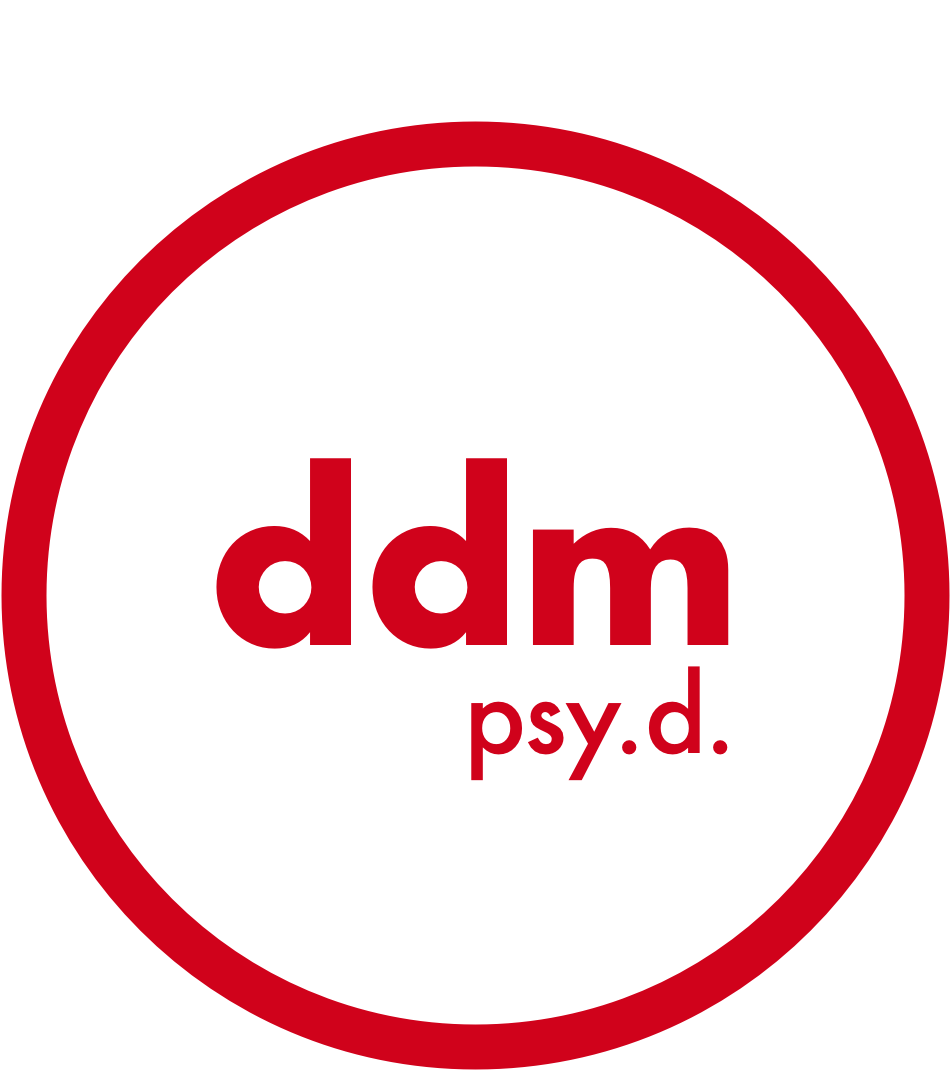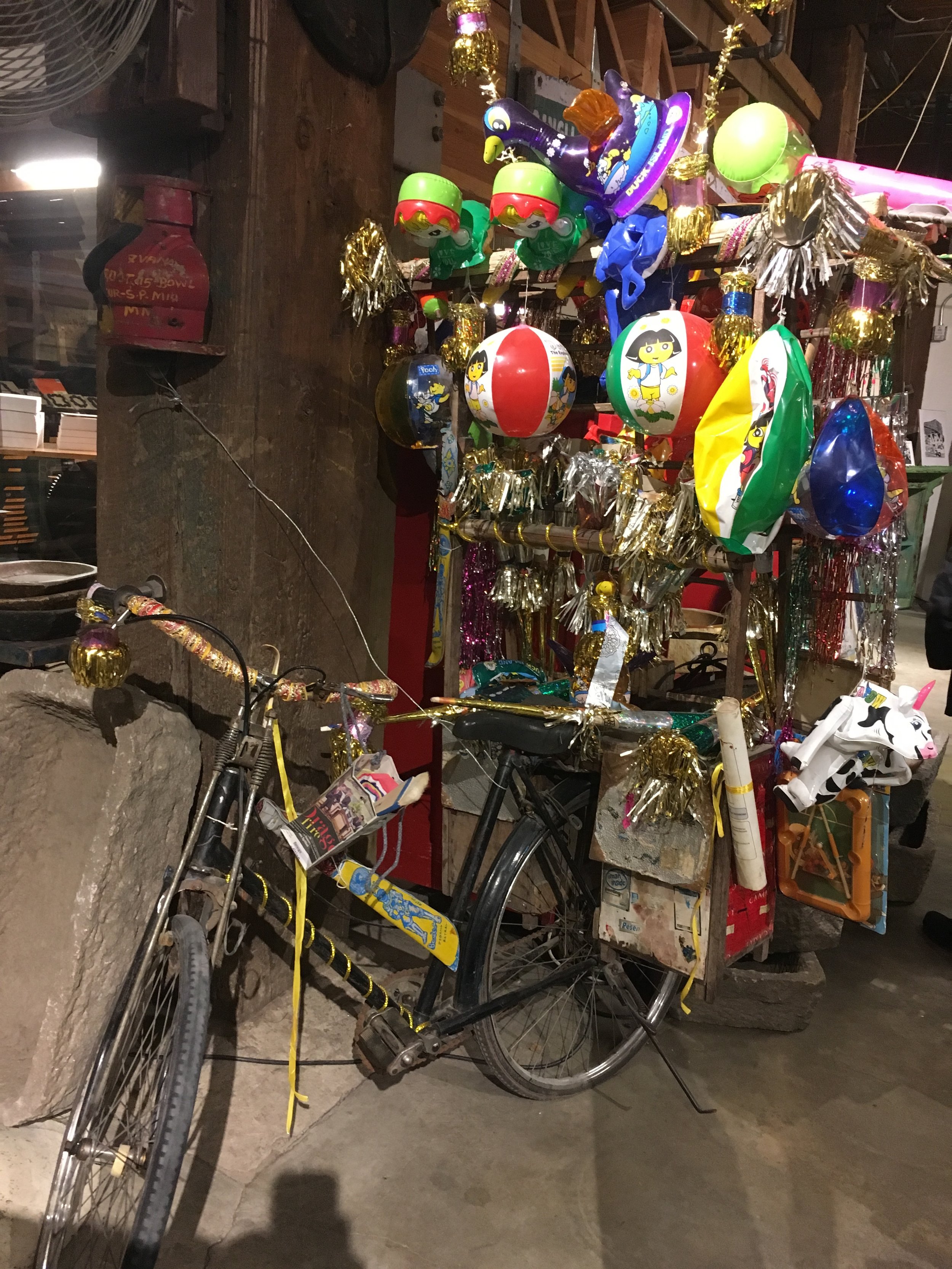One of my most vivid memories from childhood took place in early 1970something when my mom schlepped my brother and I to church to help with decorations for vacation Bible school. This particular year we were told we’d be creating a street scene from ancient Jerusalem. With huge sticks and tree branches and yards of muslim we watched, mouths agape, as the grown ups brought the city to life. Rough bags stuffed with newspaper became bags of produce and wobbly tables constructed of mismatched boards and wrapping paper tubes painted to look like wood made seller’s tables in each booth. Huge palm trees were wheeled in by our friend, the FFA teacher, and baskets were piled, hodge-podge, throughout the room. Bright colored fabric was draped here and there and mismatched pottery, painted a glimmering gold, was scattered about. In my child’s mind, I could hear the sound of camels and barterers and could smell earthy scents. The whole thing was magical.
Using my imagination was something that was always encouraged in my home. As a result I came to believe that, if I could “sell” or “spin” them well, the things I dreamed up would spark magic in others. This meant creating tableaus in my home that, I’m sure, looked very ridiculous but which I believed in and invited others into with regularity. I made shows, complete with sets, that the entire neighborhood was invited to. My brother and I moved the furniture out of our living room and turned it into a Hawaiian beach scene for a creative date he was planning. I regularly hosted themed and costume parties that were low on exacting details and high on connection and fun. My brother and I, with the help of our parents, became masters of “good enough” and smoke and mirrors for the sake of inviting people into spaces that encouraged engagement.
Which brings me back to my early experience of visiting the Jerusalem street market in a small Lutheran church in Modesto California. I am positive that if I could revisit that site today I would giggle at the truly less than perfect, homespun nature of the decor. These were the pre- Michael’s and Hobby Lobby days wherein one had to be uber-creative and resourceful to make things. What I remember as yards of realistic beige muslim was likely actually an accumulation of everyone’s left over fabric scraps and, given the difference in times, the huge palms may have actually been small potted house plants. Things were different then.
The internet with all its stores and DIY platforms, find-and-hire-a-helper websites, and never ending stream of ideas has expanded our desires and expections to proportions so large that we often stand paralyzed in front of them. Given the constant barrage of picture perfect decorating options we find in online spaces, coupled with the reality that we can order nearly everything from almost everywhere to be delivered to our doors I find myself and others less willing to settle for “life with what we have.”
It’s time, however, to encourage a return to embodied spaces. Time to learn to make do with what we have and to value less than perfect but deeply earnest efforts to simplify. Time to re-engage our creativity and resourcefulness as well as our childlike sense of wonder. An old refrigerator box makes a perfectly wonderful boat on its side or tower on its end. We really don’t need to order the pre-made and perfectly decorated versions from Amazon. Some regular old copy paper and a colored pen or two make uniquely personal cards. Meals composed with items in your pantry can suddenly be fun when turned into edible peanut butter play dough served with a rolling pin and cookie cutters. In the dead of winter, dinner in front of the fire, on a blanket, with food served in metal pie tins and pine essential oil being diffused can be paired with after dinner reading by flashlight under the dining room table with a huge blanket draped over it to turn it into a tent.
Exerting effort to become more embodied and resourceful in our homes, classrooms, and offices may require some detox and it will take work to get buy in. We’re used to accessing never ending streams of suggestions and ideas of how to make things perfect and we’ve trained those in our lives to expect nothing less. We’re willing to splurge on supplies that we under utilize or end up tossing out. All the while we have make-do-able objects all around us. Perhaps we’ll need to delete apps off of our phones or force ourselves to flex our creativity muscles without external input. We’ll have to train ourselves to reconnect with a sense of “good enough” and suspended belief and work to value embodied connection and creativity above perfection and exacting re-enactments.
There will, however, be pay offs. We’ll be more resilient and creative. We’ll become less perfectionistic and more open. We’ll learn we have more capacity to create than we thought we did and we’ll find that we value the creativity of others with a bigger openness. And, most importantly, as we commit to these changes we’ll become more welcoming and affirming of our own efforts as well as those of others. We’ll stop judging and start finding the beauty in things earnestly, rather than perfectly, offered. We’ll find ourselves focusing on encounter and authenticity and grace and these things bring us meaning and intimacy and love; things that can never disappoint.
Tips for moving toward a more embodied and resourceful home life:
1) Commit to a period of time each day or week wherein you do not access devices. Force yourself to be resourceful in these times and work hard not to “cheat.” If you’re cooking within this time, don’t grab your device to check a detail. Instead, make your best guess and commit to it.
2) Choose a task that you might normally obsess over (or overly work/shop) to prepare for and do it with only what you have on hand. You don’t need fancy organizers or special paper clips. You don’t need a fancy container or ingredient. If you’re redecorating a room, consider moving things you already own or repurposing things rather than instantly purchasing new things. Make do with what you have.
3) Offer optimal levels of sensory stimulation. We are habituated to being overstimulated. As we try to offer spaces for embodied living it helps to tend to the senses. Keeping in mind the point above (using what you have), make your space welcoming to the body. Simmer some spices in a pan of water on the stove, light a candle (or ten), put a game on the table or blocks out on the floor, offer hot washcloths to everyone at the dinner table before a meal. Put paper and colored pencils on the coffee table and encourage people to doodle. Make a batch of play dough with flour and water. Get creative with what you’ve got.
4) Brainstorm a creative idea and go for it. Don’t think too hard. Don’t require perfection and don’t look up tips online. Bake something bizarre without a recipe, invite people over for a boredom party, write a poem or sketch something, go listen to live music even if the genre isn’t your favorite. Write a handwritten note on whatever paper you have and mail it. Go for a walk with no destination in mind. Make that blanket fort suggested above and hibernate in it for an evening. Put your body in the way of new experiences even if especially if they aren’t perfect.
5) Invite others into your experience. We always do better when our communities are behind, beside, or with us. Consider hosting a gathering where resourcefulness and creativity are the goal. Invite people to bring toppings and you supply rice and a protein and see what happens. Resist the pull to get any more specific than that. Do the same with supplies for a craft or to create a group game. Heck, maybe you’ll end up with a work of art that rivals this bike!

